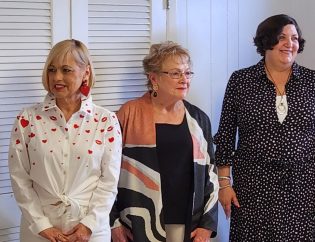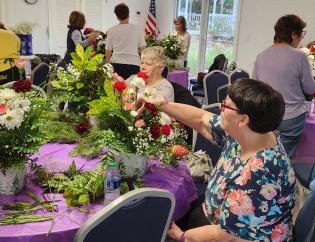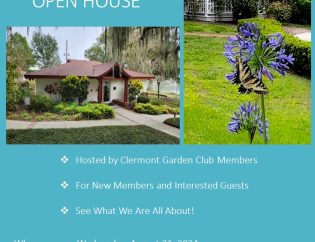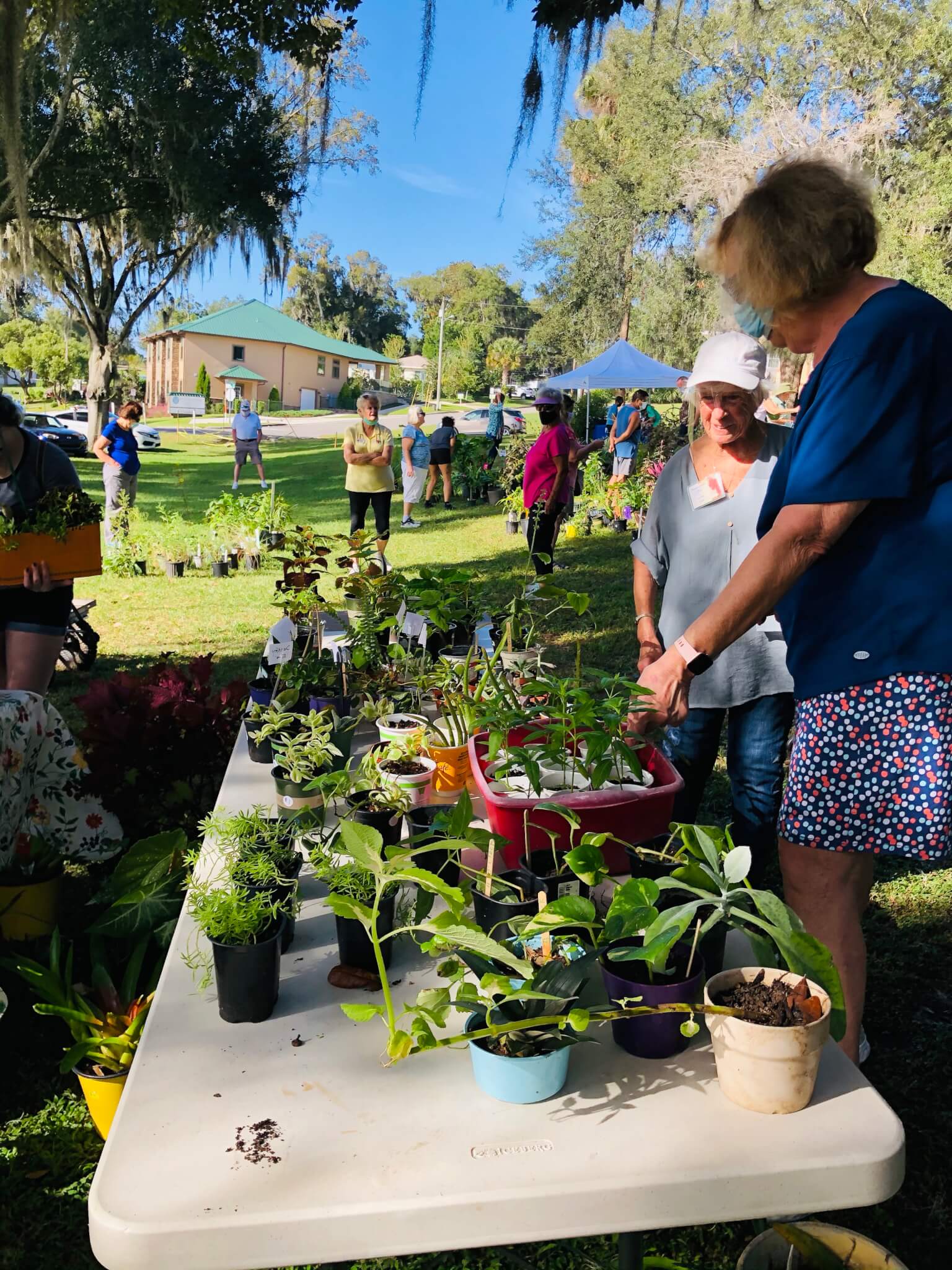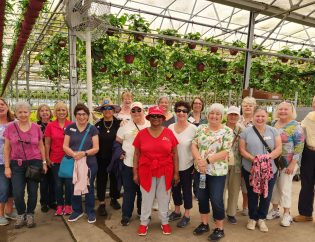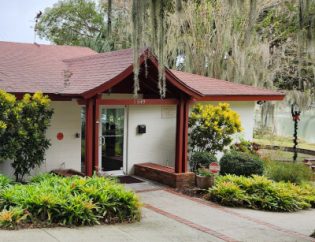
Dracaena marginata bicolor is medium sized plant consisting of multiple thick cane stems and thin variegated swordlike leaves.
Dracaenas are generally rugged, carefree houseplants with a robust and tropical appearance. They are widely used for both home and office plantings.
Most dracaenas grow best in bright, indirect light, but many are also tolerant of lower light. If a plant that has been growing in dim light is moved to a brighter spot, the new leaves will be thicker and stronger and growth rate will increase.
Allow dracaenas to dry slightly between waterings. Wait until the soil surface is dry to the touch, then water them thoroughly. Avoid watering with cold water.
Dracaenas are best grown in normal house temperatures of 60 to 75 °F (16-24°C) during the day.
If the humidity in the house is below 30 to 40 percent (it probably is during winter), plants will benefit from an occasional misting of their foliage.
A standard commercial houseplant potting mix may be used. Feed dracaenas with liquid foliage plant fertilizer. Time release fertilizer pellets may be used also.
If the plant’s stems become too long and bare, cut them off at the desired height and new leaves will soon appear.
Dracaenas are easy to propagate by air layering, tip or stem cuttings, or by the removal and rooting of basal shoots in spring or late summer.
In the home, plant diseases are very rarely a problem. Too much or too little water plus insects and mites are the main problems. Root rot usually results from a soil mix that does not drain quickly or overly frequent watering. Scale insects and mites are the most common insect pests of dracaena.
Dracaena is very sensitive to fluoride. Symptoms include yellowing of the tips or margins of the leaf or dead, scorched areas. Avoid potting soils that have a high percentage of perlite and keep the soil pH between 6.0 and 6.5 to prevent fluoride from causing injury. Do not use fertilizer which contains superphosphate since it often has high levels of fluorine.
A Clermont Garden Club member shares a potted plant with the City of Clermont, each month to promote horticulture awareness and civic beautification.
Clermont Garden Club members meet every third Wednesday of the month, except for scheduled field trips, Holiday Luncheon, and End of the Year Luncheon, at the clubhouse located at 849 West Avenue, Clermont, Florida 34711. Meetings begin at 10:00 A.M. New members and guests are warmly welcome.
Clermont Garden Club is a 501(c)3 non-profit organization.
